Drexel University Associate of Science, Radiologic Technology Program
advertisement
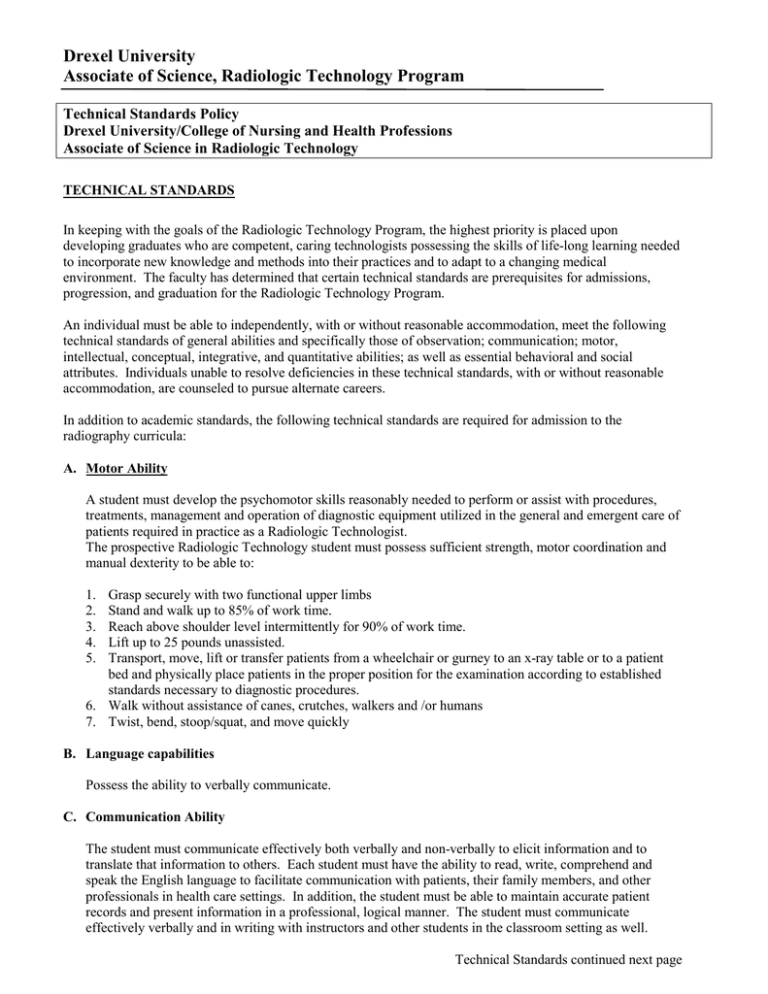
Drexel University Associate of Science, Radiologic Technology Program Technical Standards Policy Drexel University/College of Nursing and Health Professions Associate of Science in Radiologic Technology TECHNICAL STANDARDS In keeping with the goals of the Radiologic Technology Program, the highest priority is placed upon developing graduates who are competent, caring technologists possessing the skills of life-long learning needed to incorporate new knowledge and methods into their practices and to adapt to a changing medical environment. The faculty has determined that certain technical standards are prerequisites for admissions, progression, and graduation for the Radiologic Technology Program. An individual must be able to independently, with or without reasonable accommodation, meet the following technical standards of general abilities and specifically those of observation; communication; motor, intellectual, conceptual, integrative, and quantitative abilities; as well as essential behavioral and social attributes. Individuals unable to resolve deficiencies in these technical standards, with or without reasonable accommodation, are counseled to pursue alternate careers. In addition to academic standards, the following technical standards are required for admission to the radiography curricula: A. Motor Ability A student must develop the psychomotor skills reasonably needed to perform or assist with procedures, treatments, management and operation of diagnostic equipment utilized in the general and emergent care of patients required in practice as a Radiologic Technologist. The prospective Radiologic Technology student must possess sufficient strength, motor coordination and manual dexterity to be able to: 1. 2. 3. 4. 5. Grasp securely with two functional upper limbs Stand and walk up to 85% of work time. Reach above shoulder level intermittently for 90% of work time. Lift up to 25 pounds unassisted. Transport, move, lift or transfer patients from a wheelchair or gurney to an x-ray table or to a patient bed and physically place patients in the proper position for the examination according to established standards necessary to diagnostic procedures. 6. Walk without assistance of canes, crutches, walkers and /or humans 7. Twist, bend, stoop/squat, and move quickly B. Language capabilities Possess the ability to verbally communicate. C. Communication Ability The student must communicate effectively both verbally and non-verbally to elicit information and to translate that information to others. Each student must have the ability to read, write, comprehend and speak the English language to facilitate communication with patients, their family members, and other professionals in health care settings. In addition, the student must be able to maintain accurate patient records and present information in a professional, logical manner. The student must communicate effectively verbally and in writing with instructors and other students in the classroom setting as well. Technical Standards continued next page Drexel University Associate of Science, Radiologic Technology Program TECHNICAL STANDARDS - cont’d D. General Abilities The student is expected to possess functional use of the senses of vision, touch, hearing, and smell so that data received by the senses may be integrated, analyzed, and synthesized in a consistent and accurate manner. A student must also possess the ability to perceive pain, pressure, temperature, position, vibration, and movement that are important to the student’s ability to gather significant information needed to effectively evaluate patients. A student must be able to respond promptly to urgent situations that may occur during clinical training activities and must not hinder the ability of others members of the health care team to provide prompt treatment and care to patients. E. Observational Ability The student must have sufficient capacity to make accurate visual observations and interpret them in the context of laboratory studies, medication administration, and patient care activities. In addition, the student must be able to document these observations and maintain accurate records. F. Ability to Manage Stressful Situations The student must be able to adapt to and function effectively in stressful situations in both the classroom and clinical settings, including emergency situations. Students will encounter multiple stressors while in the Radiologic Technology Program. These stressors may be, but are not limited to personal, patient care/family, faculty/peer, and or program related. G. Intellectual, Conceptual, Integrative, and Quantitative Abilities The student must be able to develop and refine problem-solving skills that are crucial to practice as a radiologic technologist. Problem solving involves the ability to comprehend three-dimensional relationships and understand the spatial relationships of structures; to measure, calculate, reason, analyze, and synthesize objective and subjective data; and to make decisions that reflect consistent and thoughtful deliberation and sound clinical judgment. A student must have the capacity to read and comprehend medical literature. Each student must demonstrate mastery of the above skills and the ability to incorporate new information from peers, teachers, and the medical literature to formulate sound judgment in patient assessment and diagnostic planning. H. Behavioral and Social Attributes Flexibility, compassion, integrity, motivation, effective interpersonal skills, and concern for others are personal attributes required of those in the radiologic technology practice. Personal comfort and acceptance of the role of a dependent practitioner functioning under supervision is essential for education and practice as a radiologic technologist. The student must possess the emotional health required for full use of the student’s intellectual abilities; the exercise of good judgment; the prompt completion of all responsibilities in the classroom setting, as well as those in the clinical setting attendant to the diagnosis and care of patients; and the development of mature, sensitive, and effective relationships with patients and other members of the health care team. Each student must have the emotional stability required to exercise stable, sound judgment and to complete assessment and interventional activities. The ability to establish rapport and maintain sensitive, interpersonal relationships with individuals, families, and groups from a variety of social, emotional, cultural and intellectual backgrounds is critical for practice as radiologic technologists. The student must be able to tolerate physically taxing loads and still function effectively under stress; adapt to changing environments; display flexibility; graciously accept constructive criticism; manage difficult interpersonal relationships during their education; and learn to function cooperatively and efficiently in the face of uncertainties inherent in clinical practice. College of Nursing and Health Professions Radiologic Technology Program TECHNICAL STANDARDS POLICY Name of student: ________________________ Date: ___________________ University ID #________________________ The goal of the College’s Radiologic Technology program is to prepare every student to think critically, and practice competently and compassionately in rapidly changing practice environments. All efforts are designed to build radiology knowledge, enhance radiology practice and patient safety, foster professional integrity, and ultimately improve the health outcomes of patients, families, and communities across the continuum of care. In addition, certain functional abilities are essential for the delivery of safe, effective radiology care during clinical training activities. Therefore, the faculty has determined that certain technical standards are requisite for admission, progression, and graduation from the Radiologic Technology program. In addition to classroom learning, clinical learning occurs throughout the program and involves considerations (such as patient safety and clinical facilities) that are not present for classroom accommodations. For this reason, any applicant or student who seeks accommodations prior to or immediately after enrolling in the Radiologic Technology program must also request an assessment of the types of reasonable accommodations needed for clinical training component of the program. An individual must be able to independently, with or without reasonable accommodation, meet the following technical standards of general abilities and those specifically of (1) Motor, Manual Dexterity, (2) Language, (3) Communication, (4) Observational (5) Ability to manage stressful situations and all other standards listed in the policy of Technical Standards for the Associate of Science in Radiologic Technology. Any student with a disability who is requesting accommodations and services at Drexel University needs to present a current accommodation verification letter (“AVL”) to faculty before accommodations can be made. AVL’s are issued by the Office of Disability Services (“ODS”). For additional information, contact the ODS through one of the following methods: • The Internet at www.drexel.edu/disability; • Post at 3201 Arch St., Suite 210, Philadelphia, PA 19104; • Telephone at 215.895.1404; or • TTY at 215.895.2299 I have read the Technical Standards (A through H on the following two pages) and am able to comply with the expectations set forth. I understand that all Radiologic Technology students must be able to comply with all technical standards for admission into the Radiologic Technology program. Student Signature________________________ Date:___________________ Please call Daaimah Etheridge with any questions @ (215) 762-7936 or email her at Dse29@drexel.edu
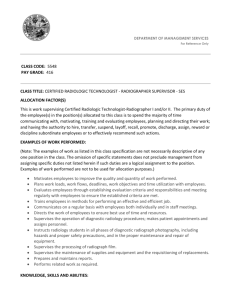
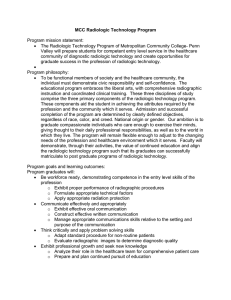

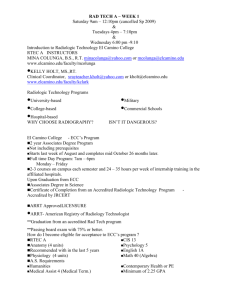
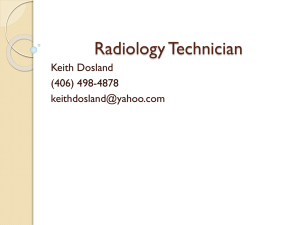
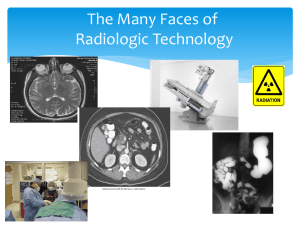
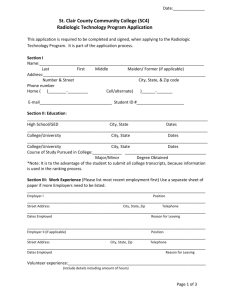
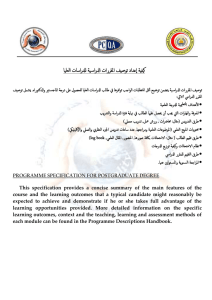
![Physics of Radiologic Imaging [Opens in New Window]](http://s3.studylib.net/store/data/008568907_1-1e7d7b82bfd2882a3a695d3f7c130835-300x300.png)